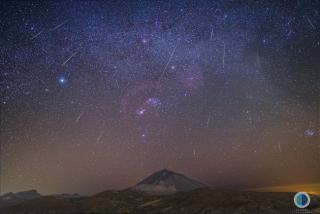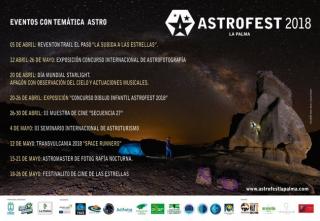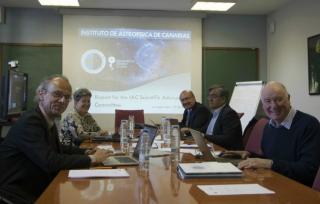
Organized by the Instituto de Astrofísica de Canarias (IAC) the Gran Telescopio Canarias (GTC) and the Department of Finance of the Government of the Canaries, this exhibition brings to the public all the technological development projects of Astrophysics in the Islands which have been funded via the European Fund of Regional Development (FEDER)
Advertised on




